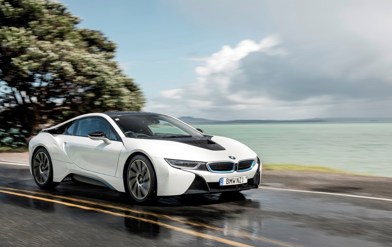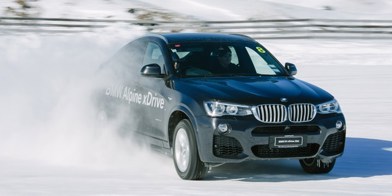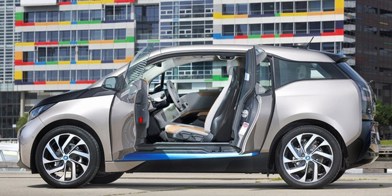Tight or loose, refined or raw, mild or wild.
The world isn't necessarily constructed out of binaries, but plenty of people would have you believe that it is. And Jeep found this out when they debuted their current-generation Cherokee five years ago.
It was like the American marque had looked at their most iconic Cherokee model — the unapologetically slab-sided XJ — and held an internal competition to see who could design something that best represented the total opposite.

The result was easily one of the most divisive car designs in American motoring history; an SUV deemed too futuristic, too effeminate, too weird lookin' to be a true Cherokee by some of Jeep's faithful (ironically, it sold like hot cakes in the US anyway). I liked it from the outset, but I also like deconstructing toasted sandwiches when I eat them so what would I know.
"The last vehicle, the feedback we had was either that you liked it or you didn't like it. There was no middle ground. [...] Our number one reason for objection was the looks," said Steve Zanlunghi, CEO of Fiat Chrysler Automobiles Australia, while speaking earlier this week at the Cherokee's Australasian launch.
Anyway, the Cherokee replacement is here, and Jeep have done their level best to take it from one design binary to the other. The 'sharknose' front end has been softened with larger headlights, a more square profile. Around the back, and the large concave boot-lid makes way for a more sculpted pair of tail-lights and a more pronounced posterior. All up, the new Cherokee is the most grown-up in years — at least in terms of looks.
We've just returned from Australia after sampling the Cherokee, as well as the RAM 1500 Laramie. In the case of the Jeep, the scene was Melbourne's picturesque Yarra Valley.
Two models were available to drive; the Limited and the Trailhawk. Both represent two similarly-priced variations of the same coin; the former being of a luxury orientation and the latter being a supposed off-roading expert in line with the rest of the Jeep range that shares its trail-rated name.
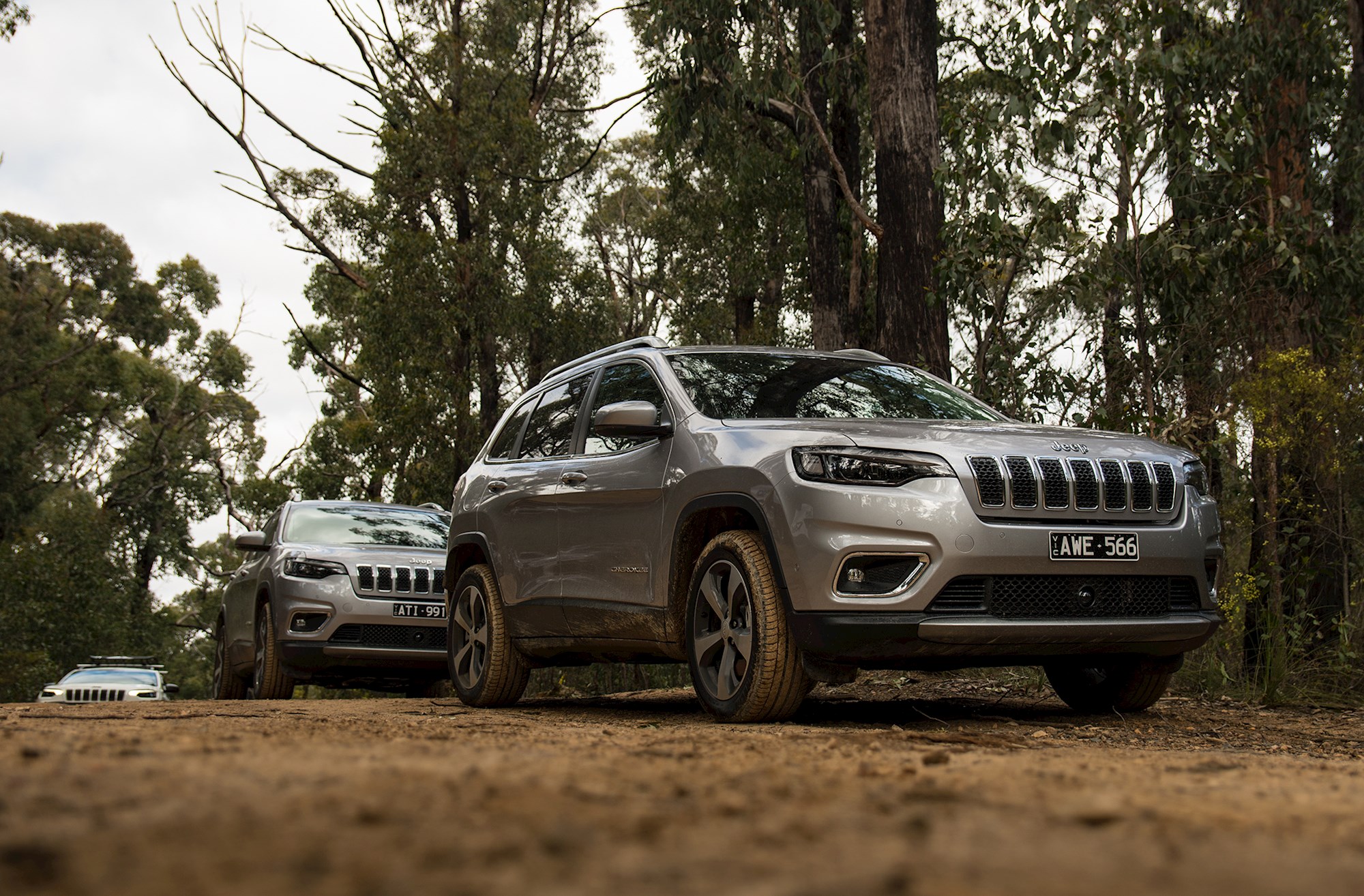
Four models are set to hit the Australian market in total (Limited and Trailhawk joined by the entry-level Sport and mid-spec Longitude), but it's yet to be confirmed by Jeep which ones will hit New Zealand. Or, at what prices.
We expect, though, that at the very least Kiwis will get the Limited and the Trailhawk. All four variants of the current model came here, so there's a possibility that they will all come once again. We'll keep you posted.
For what it's worth, Australian Cherokee pricing kicks off at AU$35,940 for the Sport, with the Trailhawk topping the range at AU$48,450 (less than two grand more than the luxury-focused Limited). That might sound steep alongside perceived rivals like the Mazda CX-5, but Jeep are hoping to target a more premium market ... and this is reflected in the amount of kit in each car.
Jeep boasted at the launch that the Sport packs AU$4000 worth of new kit including Apple CarPlay, Android Auto, and the full suite of active safety features — before showcasing that the rest of the range had similar gains in features without a pricing change. That's apart from the Trailhawk of course, which actually takes a price cut over the ditch. Jeep say this is open up the Trailhawk to more potential buyers, and we're eager to see whether the move is reflected over here, too.
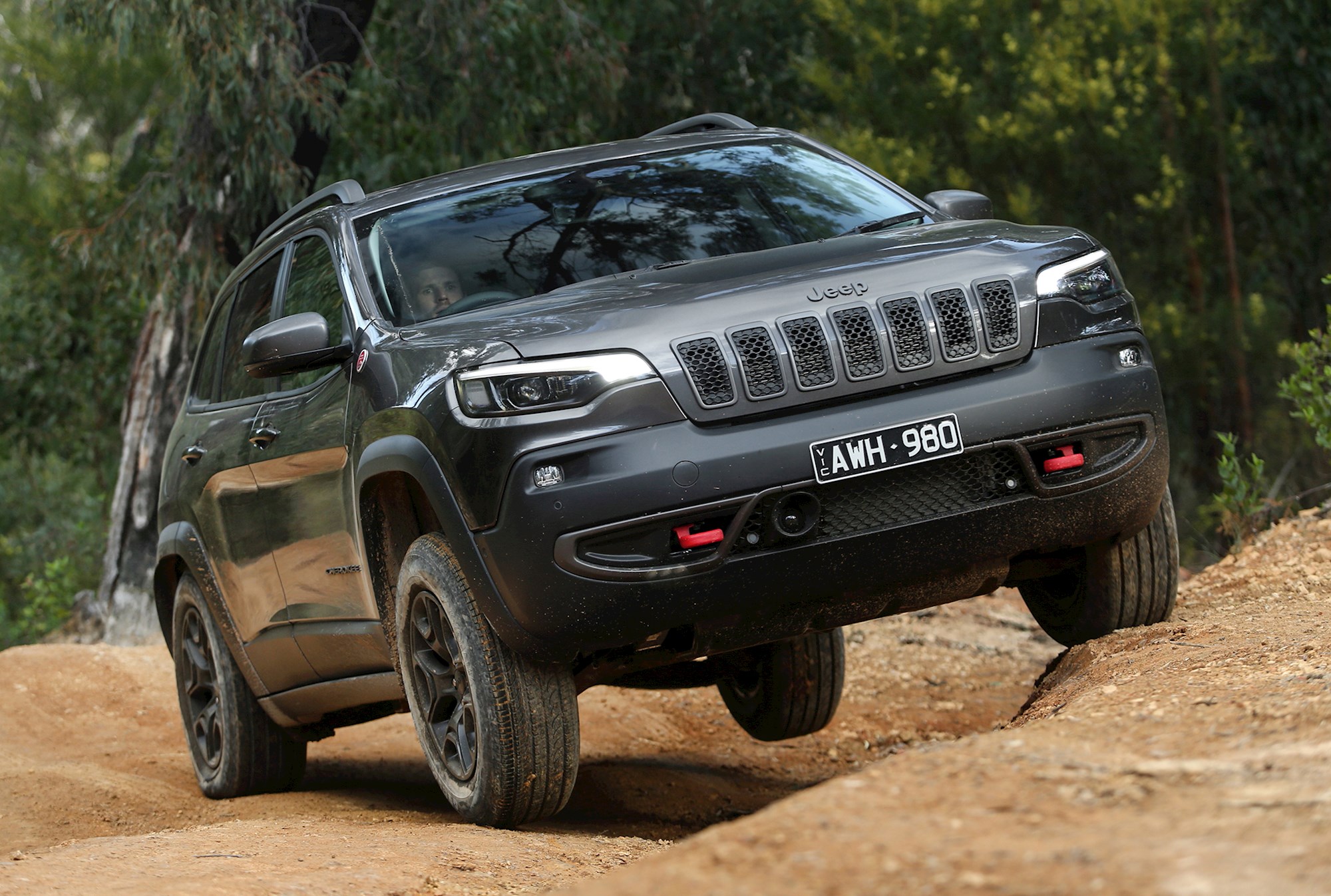
It makes sense for Jeep to push the Trailhawk, because it underlines the main element that distinguishes the brand in this segment; off-roading capabilities. Most of the rest of the segment only mention off-roading as a form of lip service to likely buyers, and the reality is that that's reflective of what today's market wants.
But, Jeep have stuck to their off-road roots with the whole of their range — and that includes the Cherokee.
Both models at launch feature power being routed to all four wheels. The Limited sports Jeep's 'Active Drive' all-wheel drive system, connected to a nine-speed automatic and a 3.2-litre naturally aspirated petrol V6 engine. The same engine and transmission features in the Trailhawk too, only this time its power is sent through a more advanced four-wheel drive set-up that includes a rear differential lock, hill descent, hill ascent, the option of a 'rock mode', and a low-range system (the only low-range system in this 'unibody' SUV segment).
These mechanical upgrades are complemented by a taller ride-height, a pair of front-mounted rated tow hooks, and even a flat black decal on the bonnet to ease the possibility of glare for the driver.
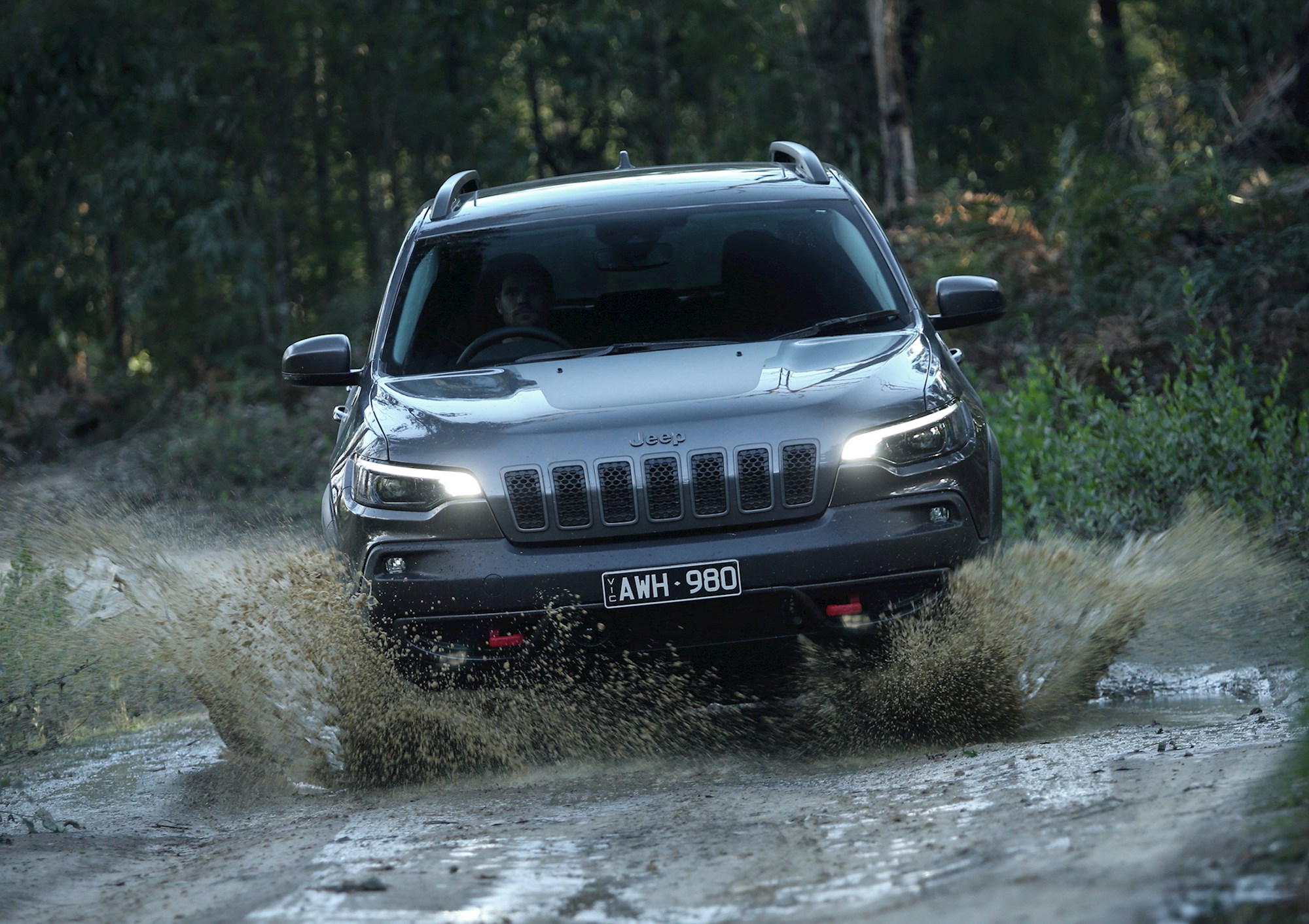
And so it's no surprise that the Trailhawk is a more-than-capable off roader.
Most of our off-roading was admittedly mild stuff; a yump here and there, with the occasional mixed surface. But there was one rather steep, tall, rutted uphill section that would send a plethora of today's so-called SUVs into a spin. But, not the case here.
Over some of the more technical patches, the Cherokee's engine would stutter — but otherwise it munched the challenge with ease. The four-wheel drive system could be felt scoping out wheels to divert power to, and having low range made it easier to be nuanced with the throttle. The 30-degree approach angle, 32-degree departure angle, and 23-degree break-over angle meant we didn't have to worry about creasing the bodywork while pushing it, either.
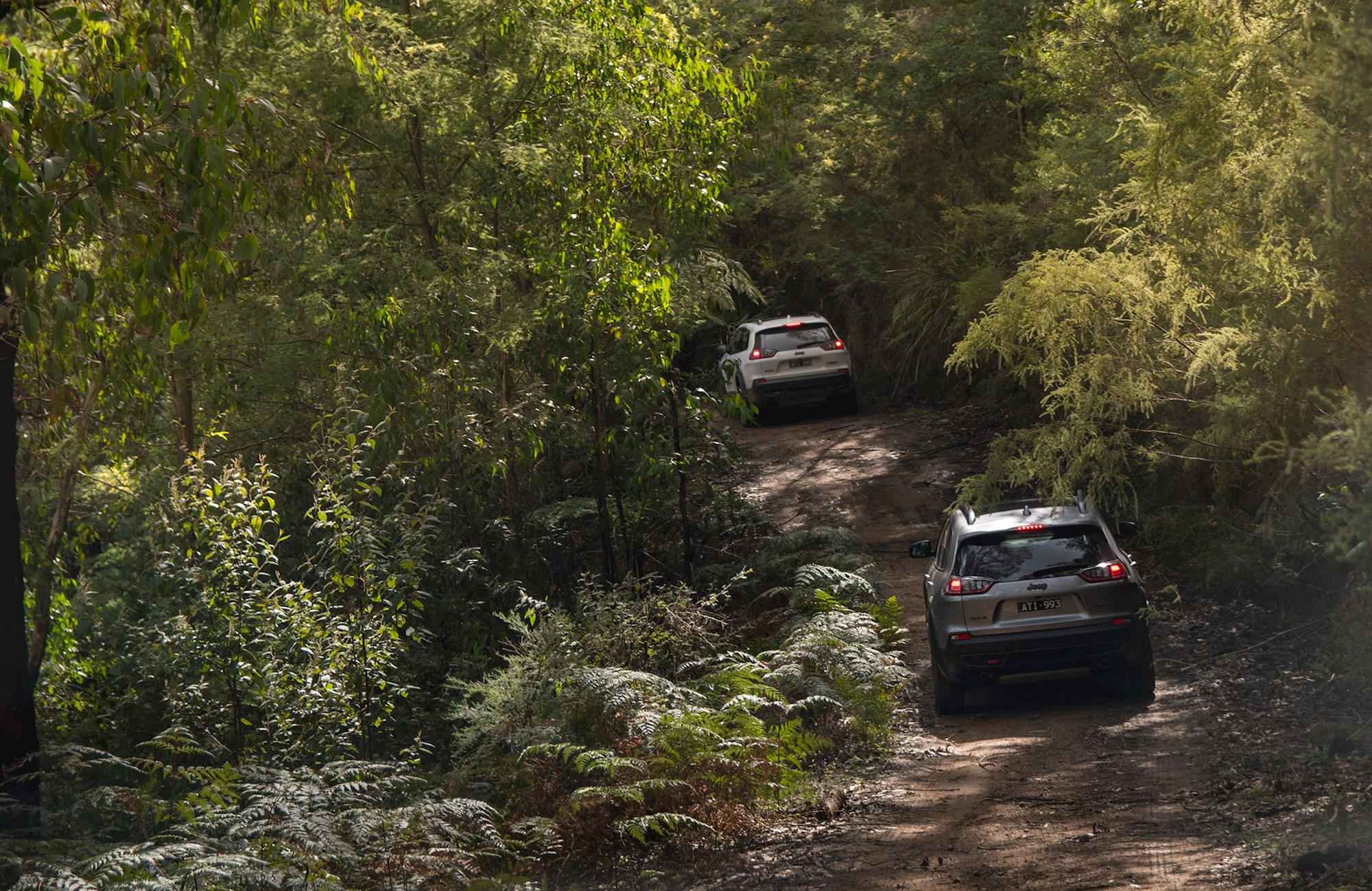
Jeep claim to have also improved the interior quality and equipment. The latter is a definite, through additions like the aforementioned smart-phone integration systems as well as an updated 8.4-inch UConnect infotainment system and ventilated seats in the premium-positioned Limited. It's hard to find similar improvements in material quality — but bonus points for practicality have been earned via a 70L growth in boot space.
The Pentastar 3.2-litre V6 was a similar tale of ups and downs. Off-road, it proved to be a solid companion — its 200kW and 315Nm sounds rather humble at first, but provides enough zip to keep the Cherokee's momentum in the positive.
But, you can tell that it's somewhat long in the tooth while on paved roads. This is namely through the amount of noise it generates, and plenty of that leaks into the cabin (this isn't helped by the unit's rev-happy demeanour). Both models generate fuel economy figures of around 10L/100km — improved by weight savings but is countered by added equipment.
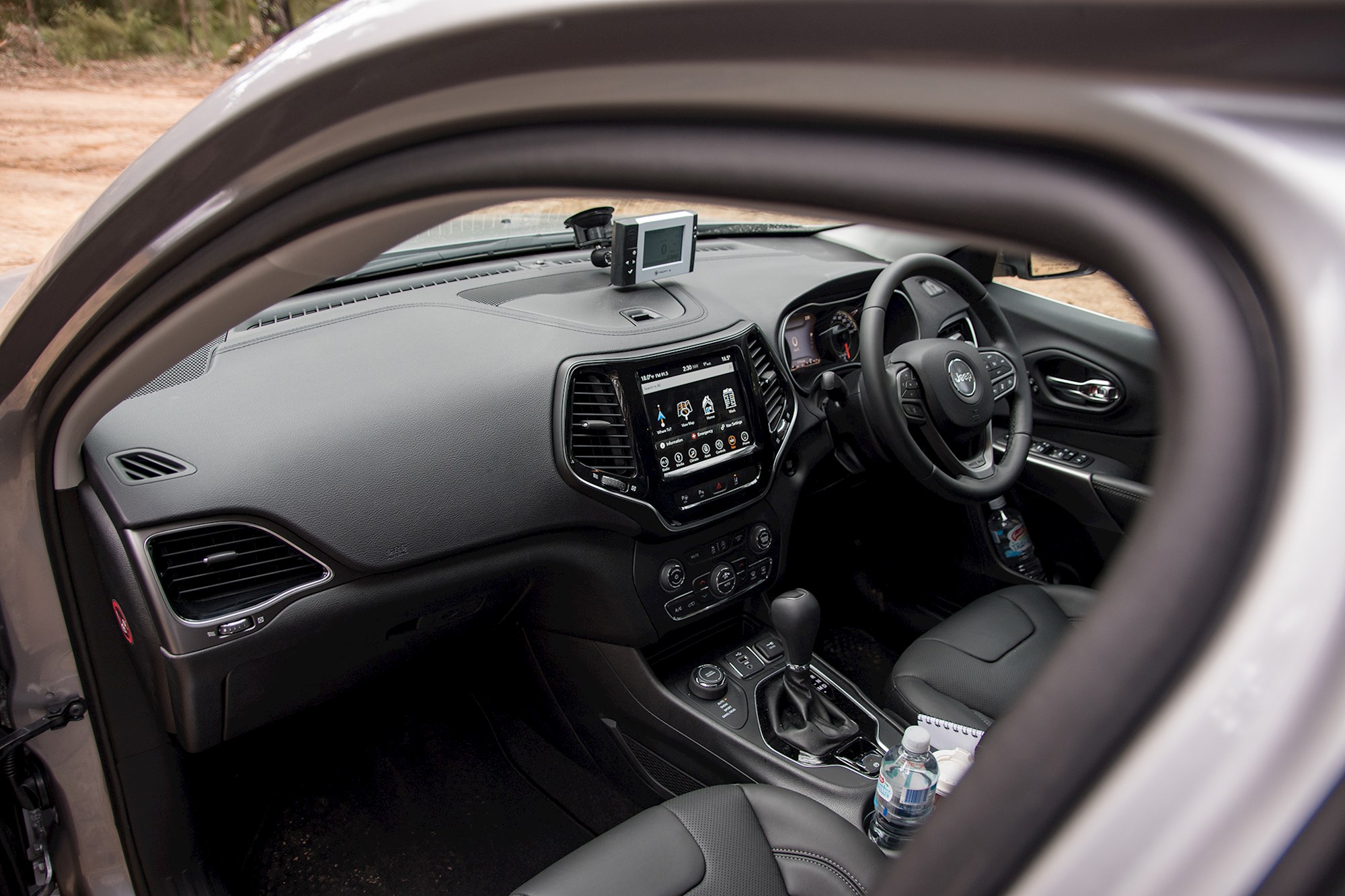
Perhaps the Cherokee's biggest challenge to overcome — bigger than its challenging former design — is Jeep's brand perception. Speaking at the launch, FCA Australia CEO Steve Zanlunghi, talked of the company's continual string of recalls (one of the latest being for potential gas build-up issues in rear brake lines in this new Cherokee).
"Some people look at it as 'OK, you know what, Jeep's being cautious', making sure we recall vehicles and put customer safety first. And then there's others that I'm sure it's turned them off," he said.
"We still see some perception issues that are out there, but we knew that it [2018 sales losses] was part of our entire product renewal that was going to get us to year-on-year increases."
Regardless, this new Cherokee follows in the footsteps of the new Compass in being a few steps up from its predecessor. And if you're after a go anywhere, do anything SUV in this space ... the Cherokee has to be a factor.


























